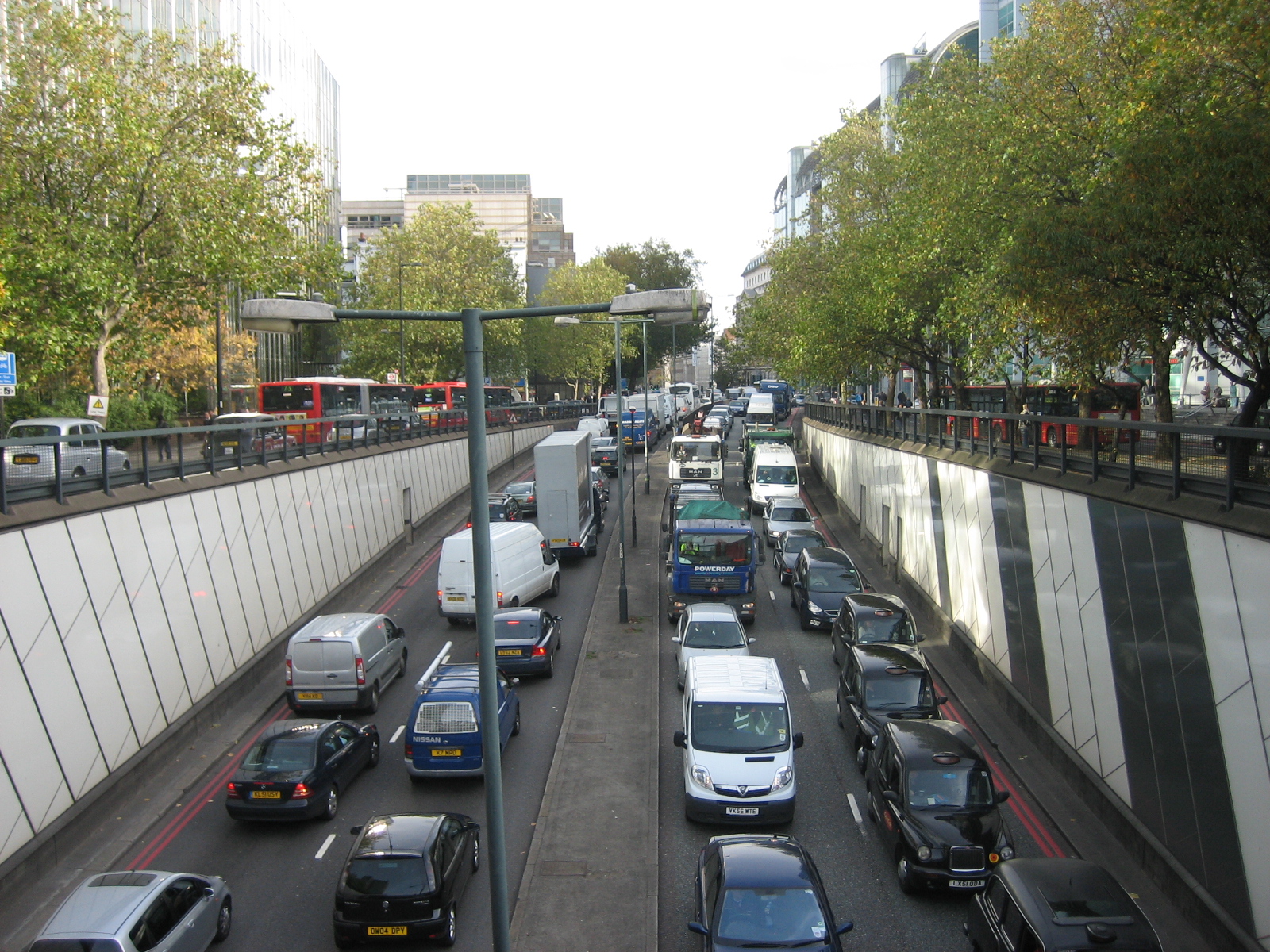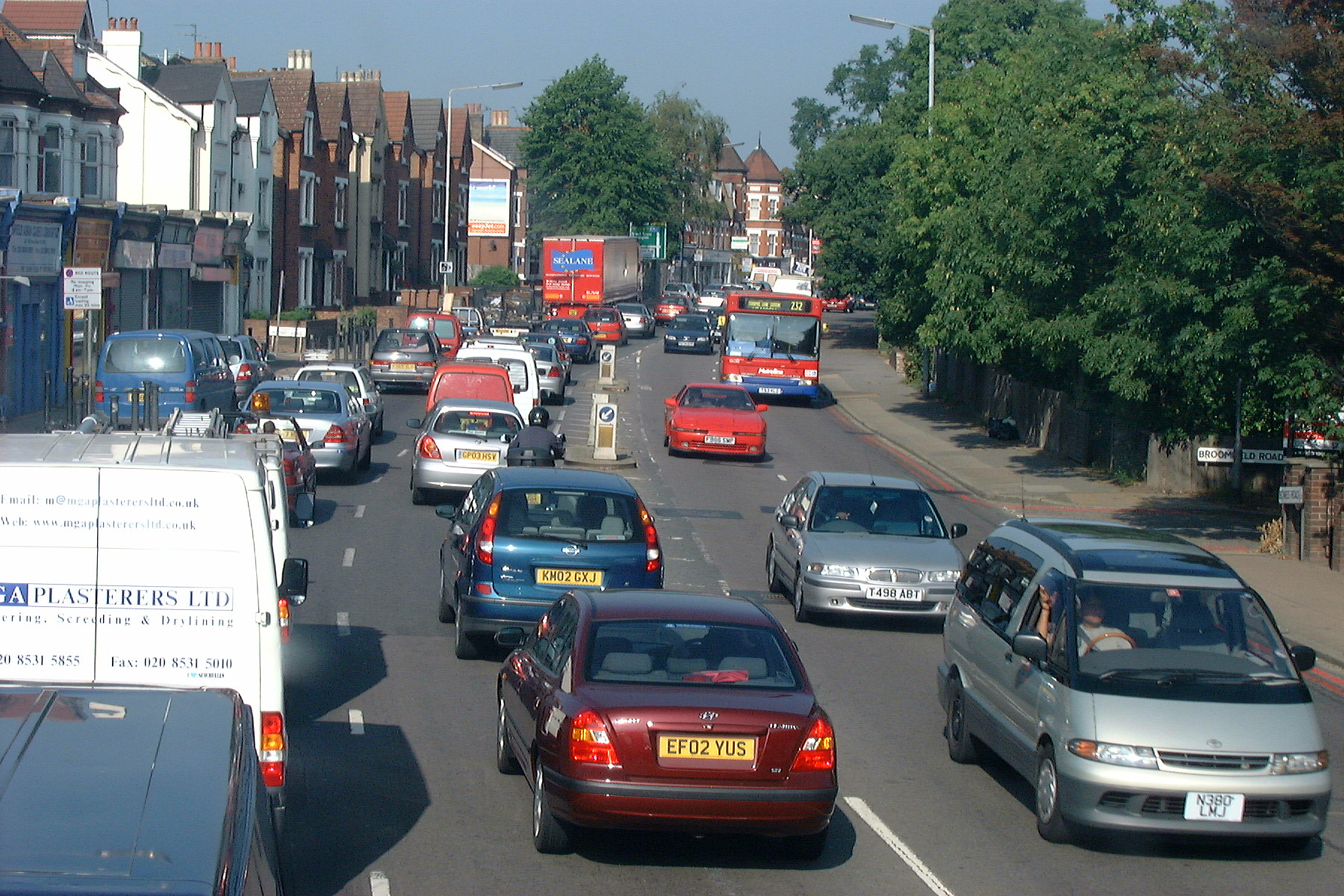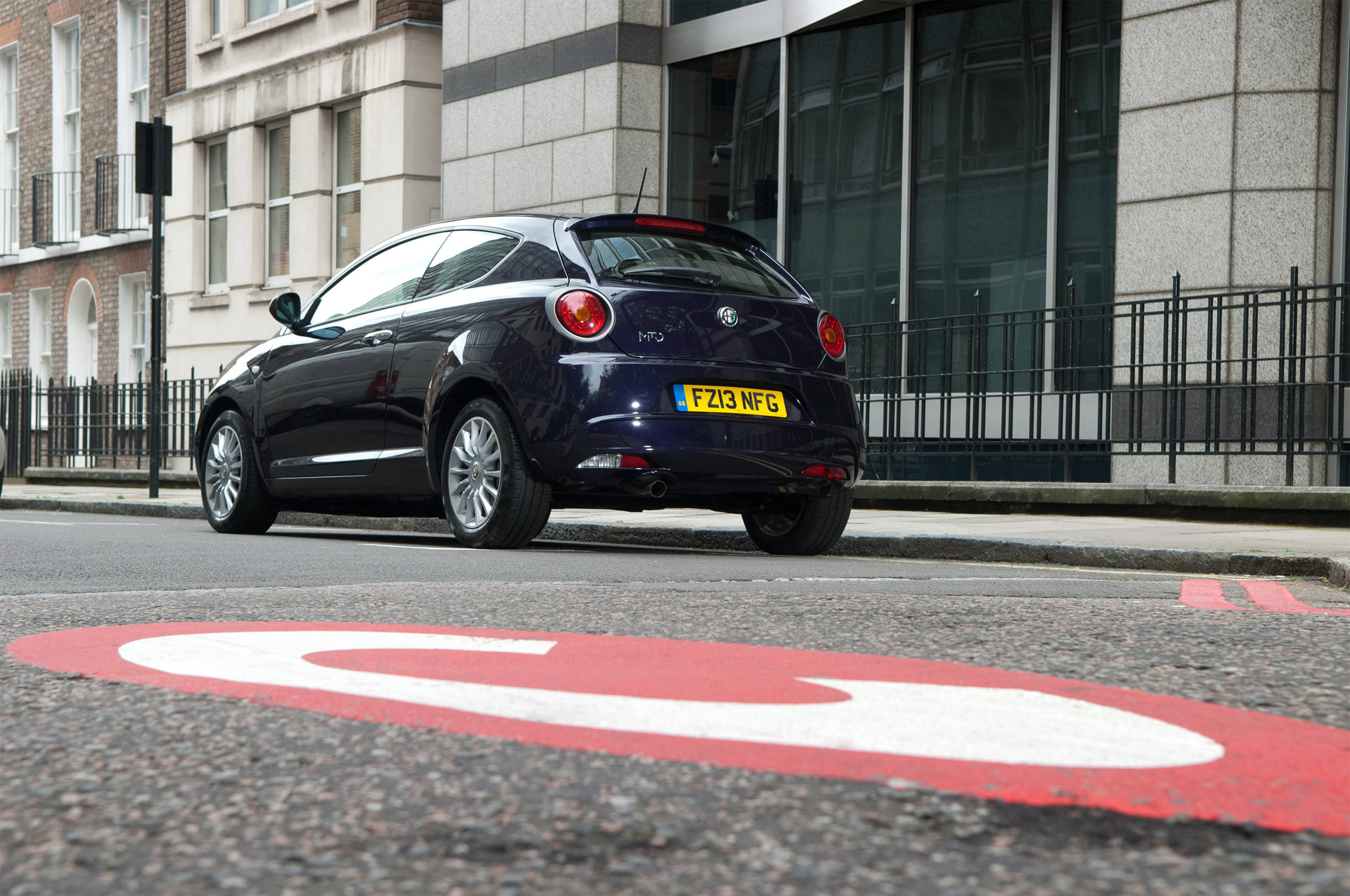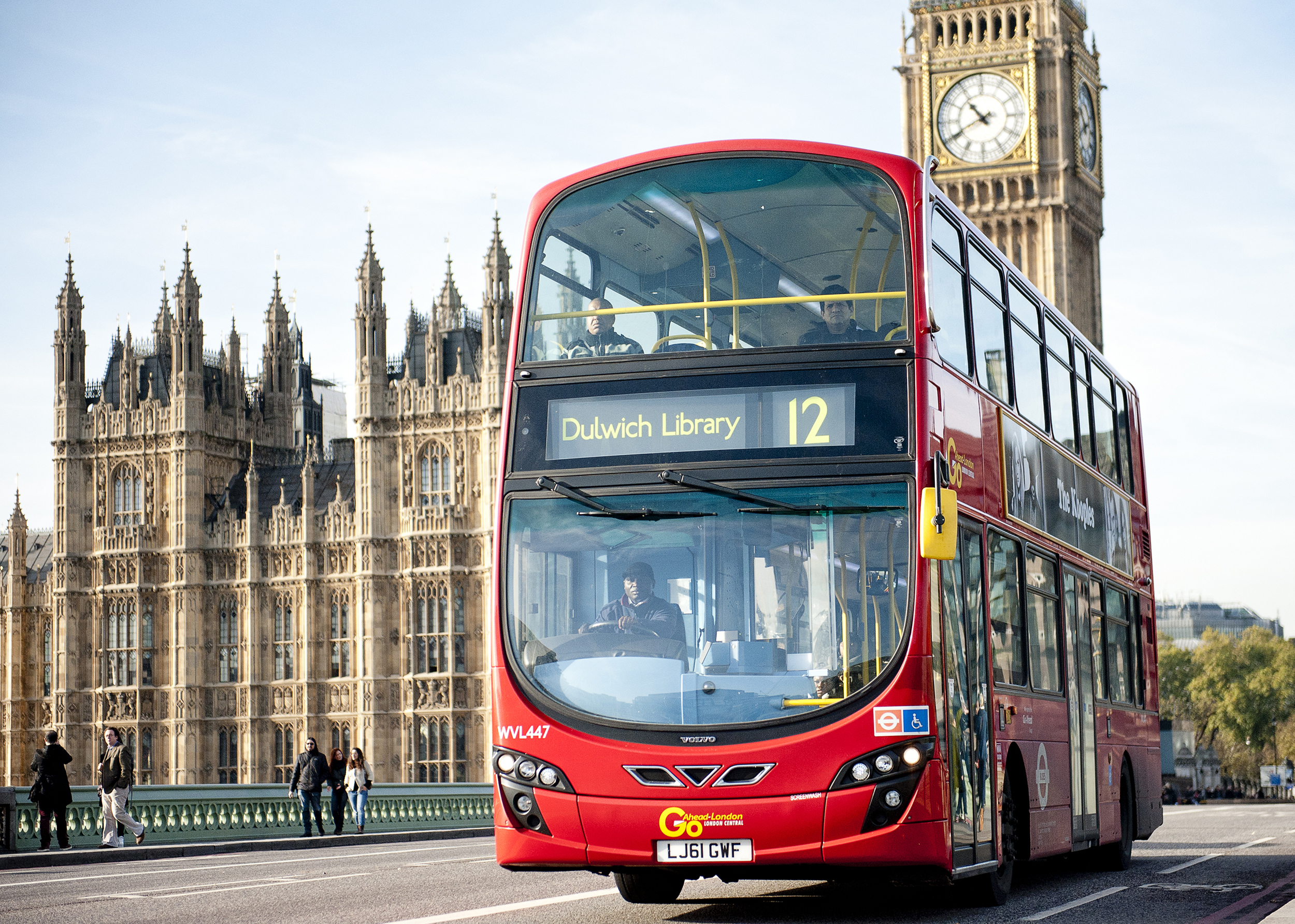



Roadworks and goods vehicles are the main reasons for London's growing traffic problem.
That’s according to a ‘London Congestion Trends’ report, carried out by INRIX, connected car technology and transportation analytics experts.
The international company published its in-depth study of the causes of traffic congestion in London between 2012 and 2015. This follows the annual INRIX Traffic Scorecard, which identified London as Europe's most congested city in 2014 and 2015.
Congestion in London is increasing, with journey times in Central London growing by 12% annually, according to the study. This is consistent with data that shows that the London economy and population are growing, which normally results in an increase in gridlock. Further, unemployment and fuel prices are down, both of which usually mean a rise in traffic. Despite this, car travel – defined as private cars, taxis and PHVs – has decreased in the Congestion Charge Zone and Central London since 2012, and overall demand for road travel has remained flat.
The analysis also found that there is a much greater reliance on public transport and other modes, to meet the demand for travel fueled by London's strong economic growth and record population levels. London Underground saw passenger numbers increase by 3.2% from 2014 to 2015 – surpassing the levels seen during the 2012 Olympic Games, while cycling has also seen a dramatic upturn, with 12% more people commuting to work and travelling by bike in the past year alone.
This may explain flat traffic volumes in London, but it does not explain increasing congestion. Road supply is restricted by planned and unplanned incidents, and between 2012 and 2015, the duration of planned roadworks in London rose by 362%, resulting in 2,437 hours of disruption. This is one of the primary causes of increased congestion in the capital. The number of hours roads were disrupted by unplanned incidents, such as accidents, also increased, rising by 23% over the same period.
Another cause of increased gridlock in London is likely a result of the booming ecommerce market, which is expected to top £60 billion in the UK in 2016. This may have spurred a sharp increase in the number of delivery vans on London's roads, for example, the study found that the volume of light goods vehicles (LGVs) in the Congestion Charge Zone, which account for more than 17% of all vehicles, is increasing year-on-year, and increased by 7.7% over the study period.
"It is easy to speculate on the causes of congestion in London, but solving this problem requires a deeper understanding and awareness of the true factors," said Dominic Jordan, Chief Data Scientist, INRIX. "Through road improvements, TfL is making significant efforts to future-proof the city, which will benefit both road users and the London economy. However, our study shows that roadworks like these, as well as a rise in goods vehicles, are the major causes of congestion in the capital."
David Leam, Infrastructure Director at London First, commented: "London's roads are increasingly congested, but this isn't down to a boom in car journeys. As this report shows, car traffic is actually decreasing in central London, while van traffic and roadworks have risen significantly. What's needed is for the new Mayor to ease off excessive roadworks, build new river crossings, devise a plan for managing freight, and revisit measures to control congestion, including charging."
For INRIX to be able understand the potential impact on congestion due to the increase in private hire vehicle registrations, data from Uber was acquired to address this area specifically.
While there has been an increase in PHV registrations in London, in 2015 only 3% of the total number of registered vehicles in the capital were PHVs and taxis. The report summarised that these vehicles were not key contributors to congestion as data indicates that only 5.9% of all Uber trips, for example, were in the Congestion Charge Zone during charging hours (7am to 6pm).
In addition, data from Transport for London (TfL) supports the finding that PHVs and taxis have had a low impact on congestion in London. When analysed further, PHVs and taxis together only account for one out of every four vehicles in a traffic stream crossing the Congestion Charge Zone boundary.
With as much as 23% of Uber travel occurring between midnight and 5am, the study concluded that Uber vehicles complement the London transport mix and provide additional travel choices for consumers during times when public transport is limited or unavailable and when roads are quieter.
